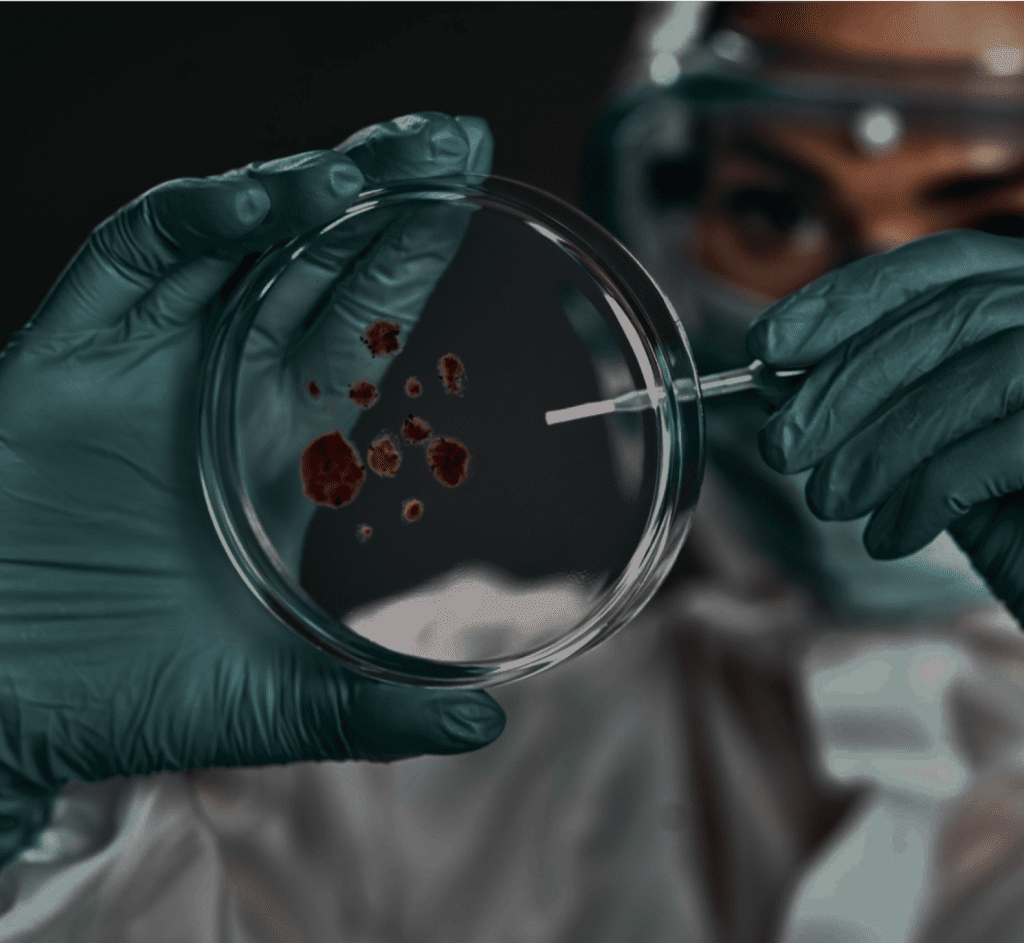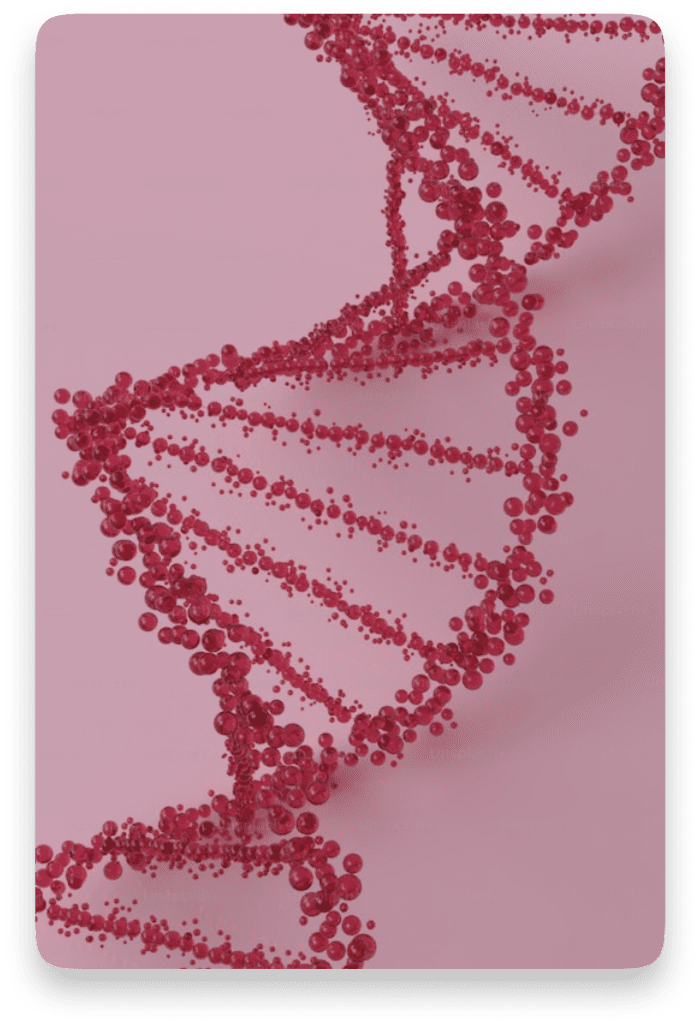
CRISPR Gene Therapy is a revolutionary approach to treating genetic disorders and certain types of cancer by directly editing the DNA within a patient’s cells.
Our personalized treatment plans evolve with your cancer journey, ensuring that as your needs change, so does the level of care and support we provide. We are committed to empowering you to focus on your recovery, with treatment plans that adapt to meet your unique needs.
![]() Tailored Assessments
Tailored Assessments
![]() Flexible Treatment Options
Flexible Treatment Options
![]() Personalized Care Planning
Personalized Care Planning


CRISPR Gene Therapy is being explored for a wide range of conditions, including:
Precision : Allows for targeted modifications to specific genes.
Potential for Cure : Offers the possibility of correcting the underlying cause of genetic diseases.
Versatility: Can be applied to a wide range of genetic conditions.
CRISPR Gene Therapy differs in several key ways:
Eligibility depends on factors such as:
A thorough evaluation by a healthcare team is essential to determine if Gamma delta T – cell therapy is a suitable option.
Success rates vary depending on the condition being treated and the individual patient. While early results in clinical trials have shown promise, ongoing research is crucial to better understand the long-term efficacy and safety of CRISPR Gene Therapy.
The procedure typically involves minimal discomfort, but close monitoring is required to manage any potential side effects.
Follow-up visits are necessary to monitor the therapy’s effectiveness and check for any delayed side effects.
Patients may experience mild symptoms like fatigue, but these are usually manageable.
Insurance coverage for CRISPR Gene Therapy varies by provider and plan. It is important to consult with both your healthcare provider and insurance company to understand the costs and coverage options.
Alternative options may include:
Have questions or need support? We’re here for you. Connect with us today, and let’s work together on a path toward healing and well-being
Fill in the required details and our team will get back to you
Take the first step toward healing with expert cancer care.